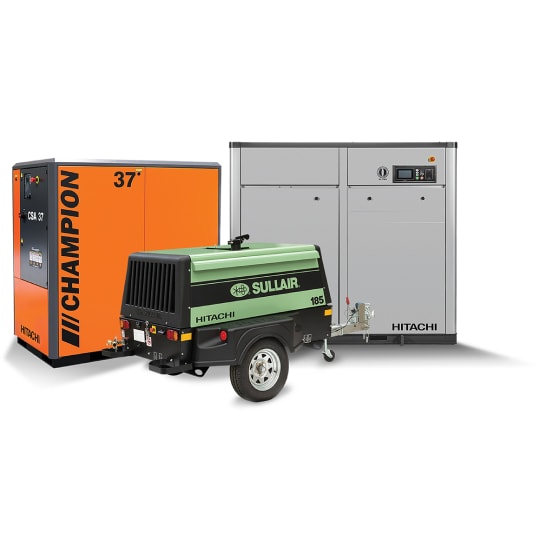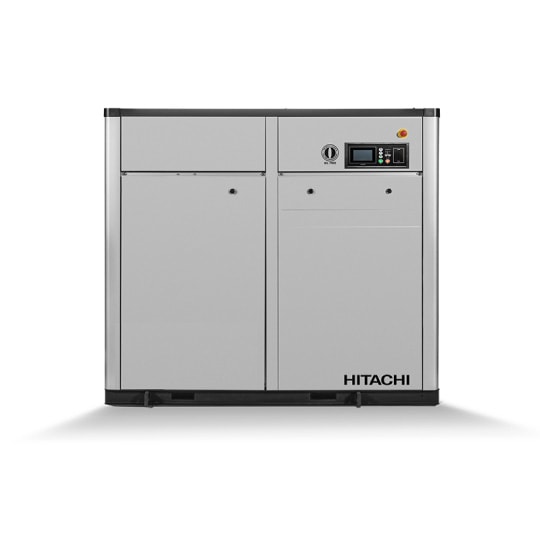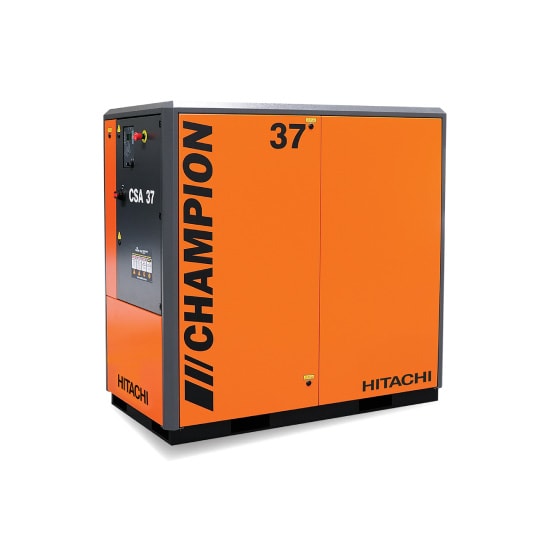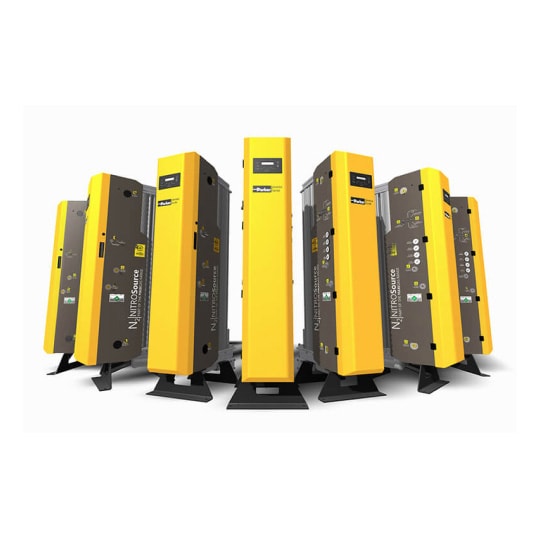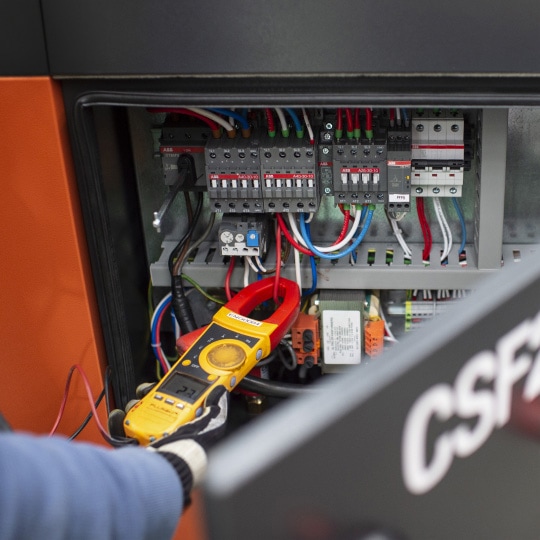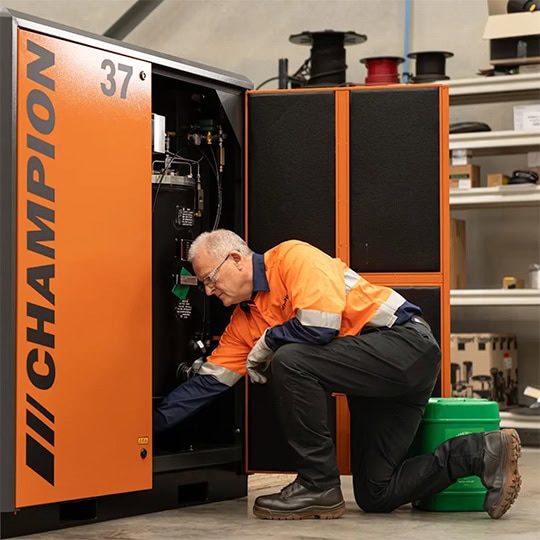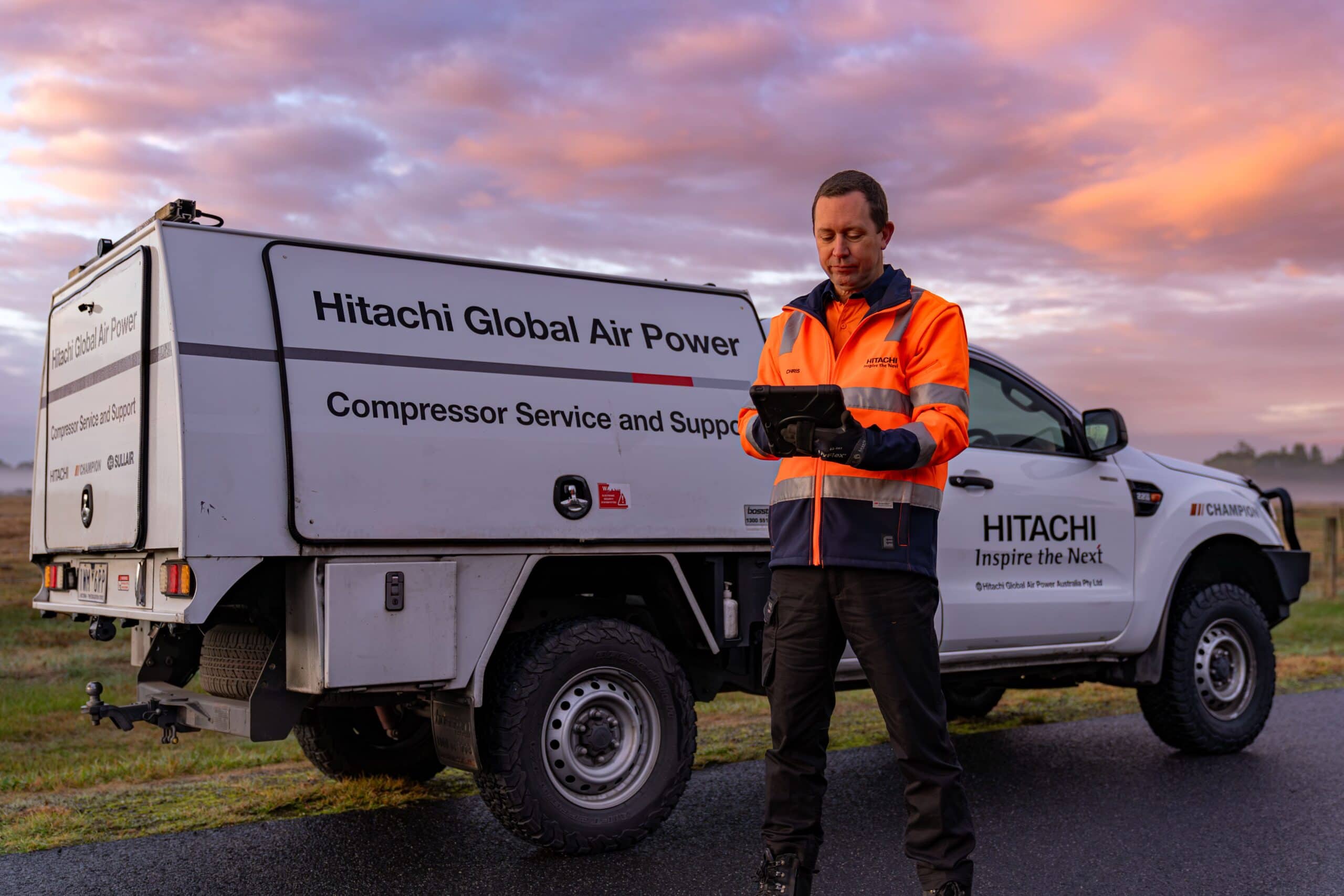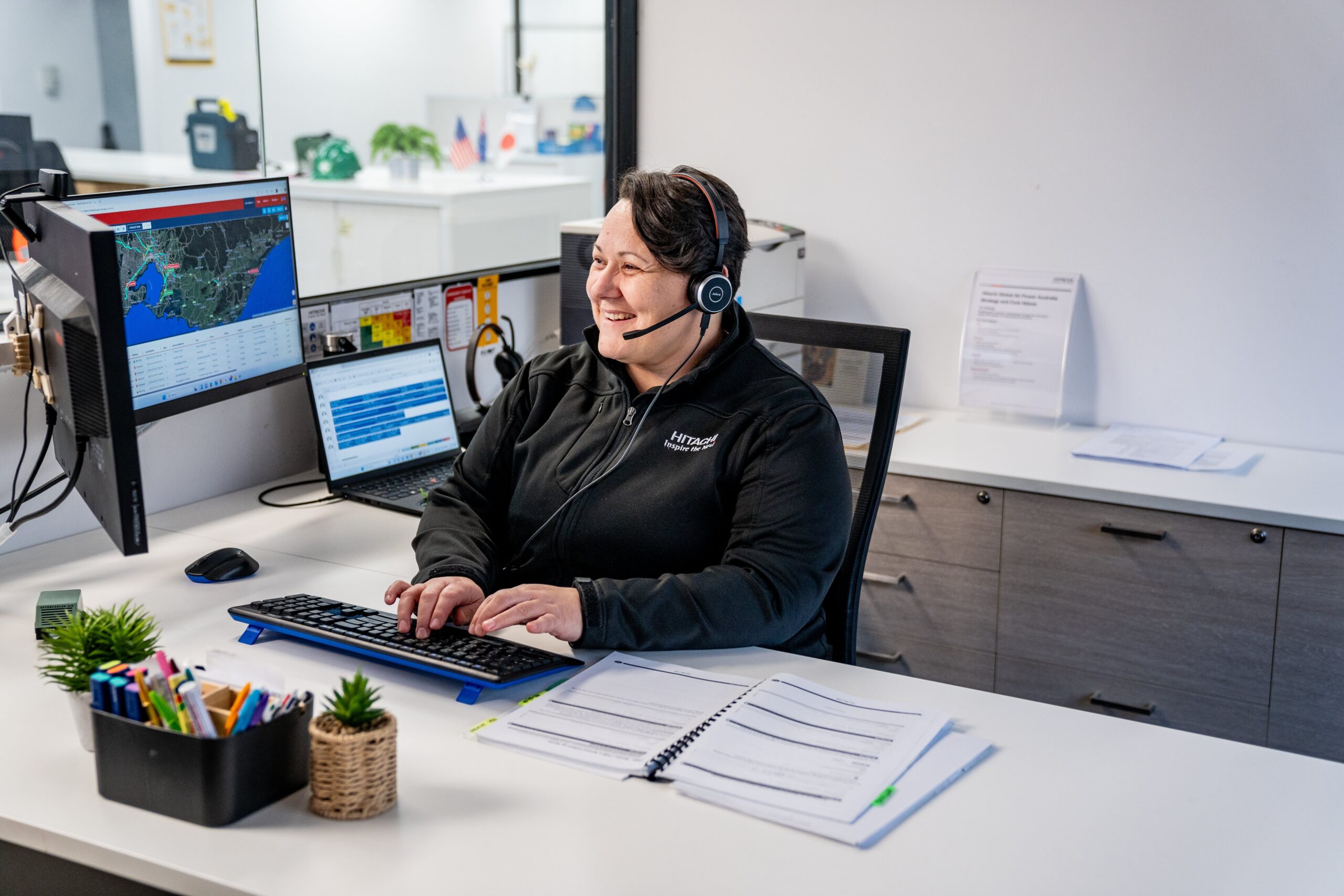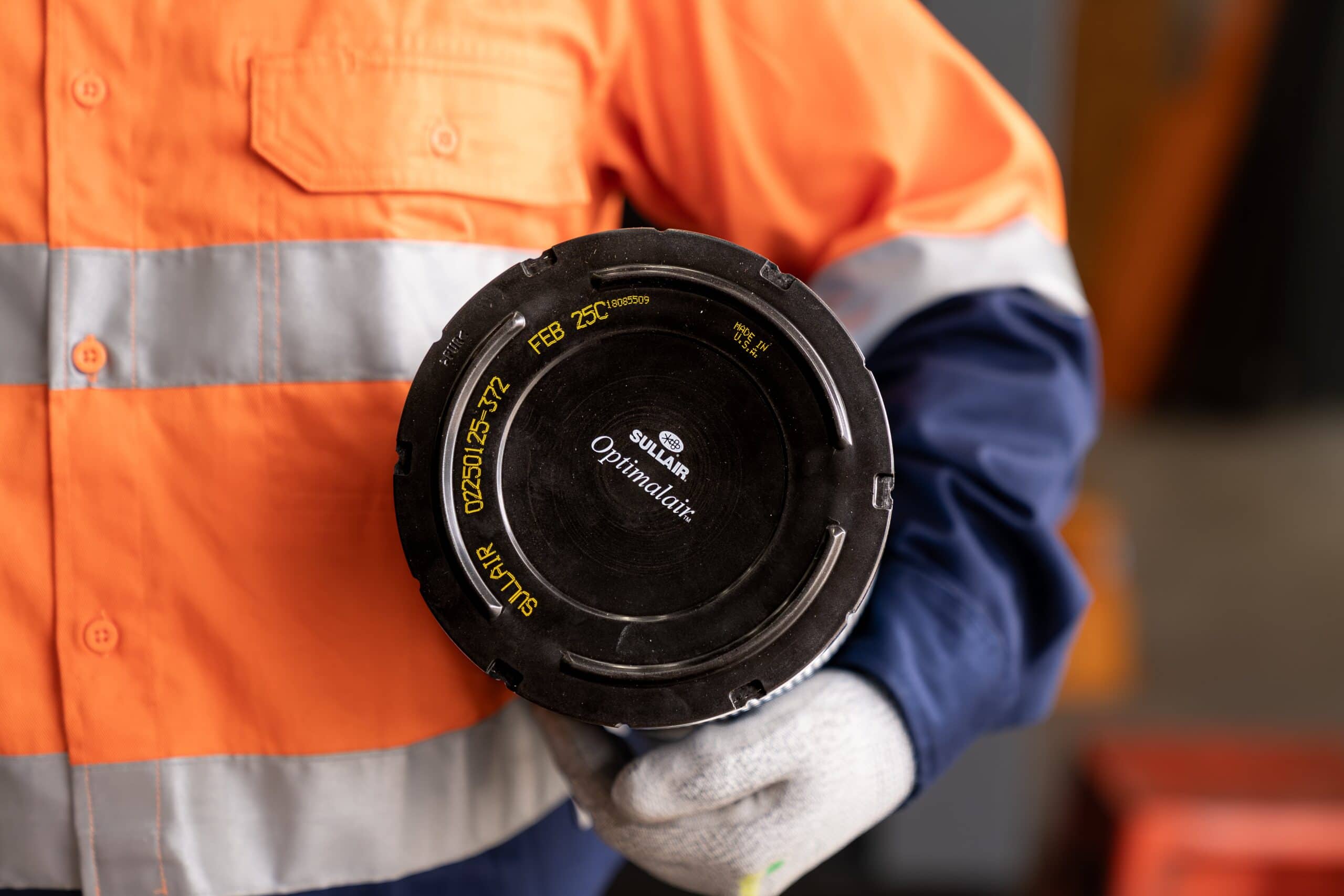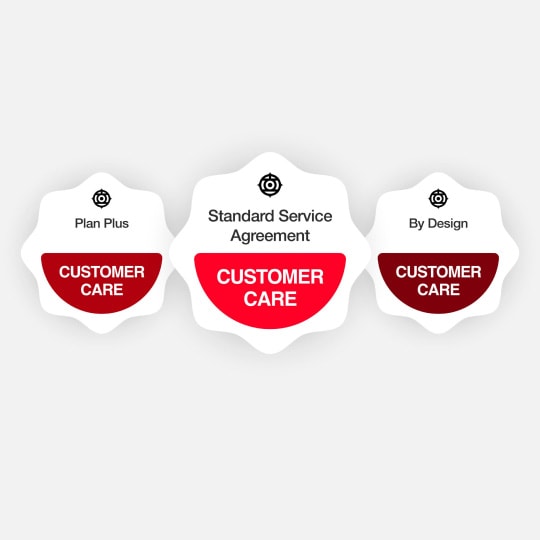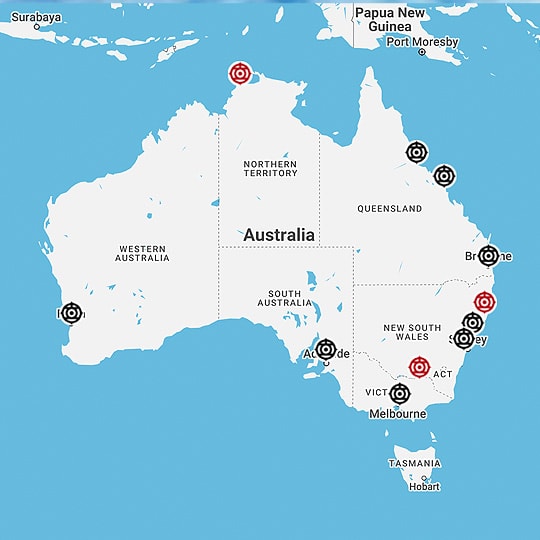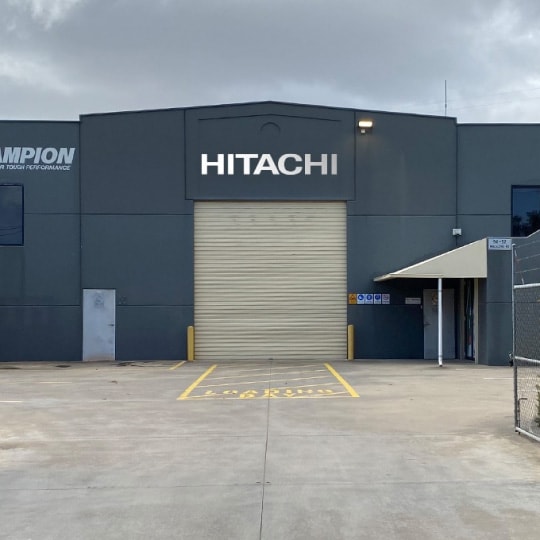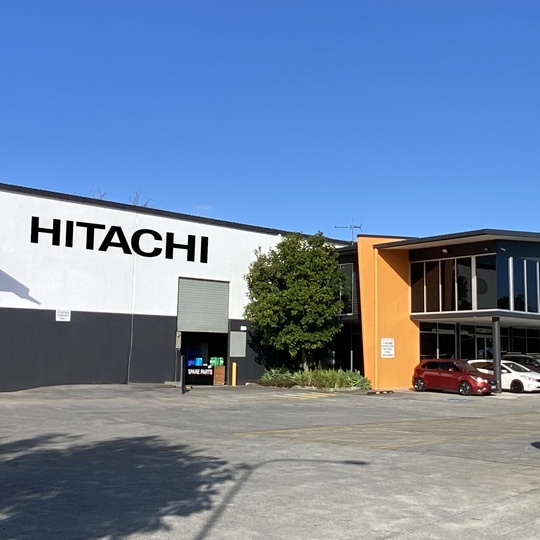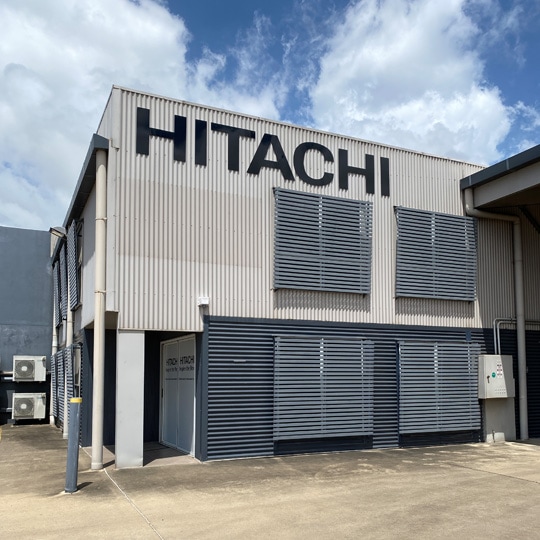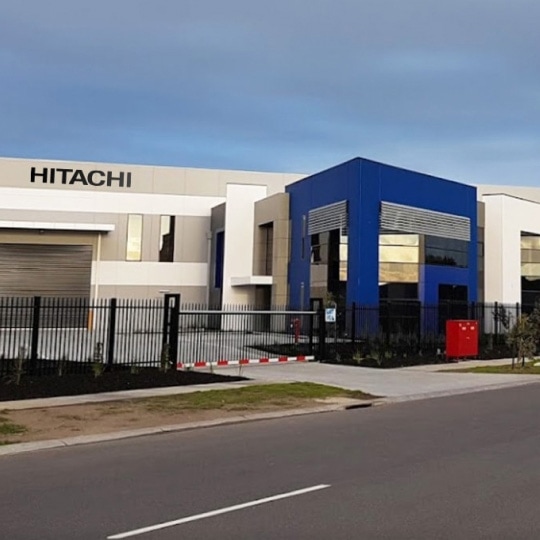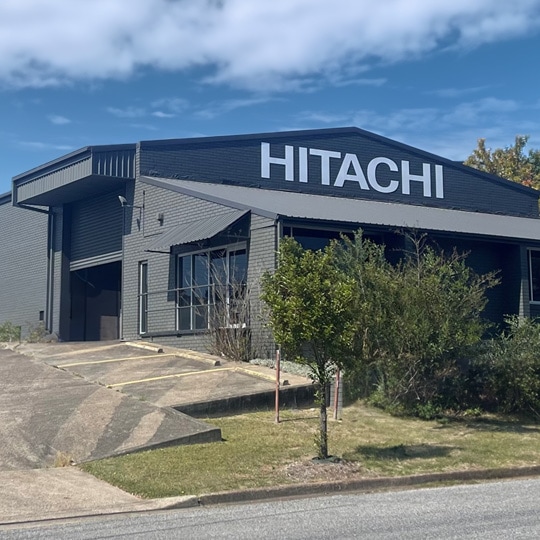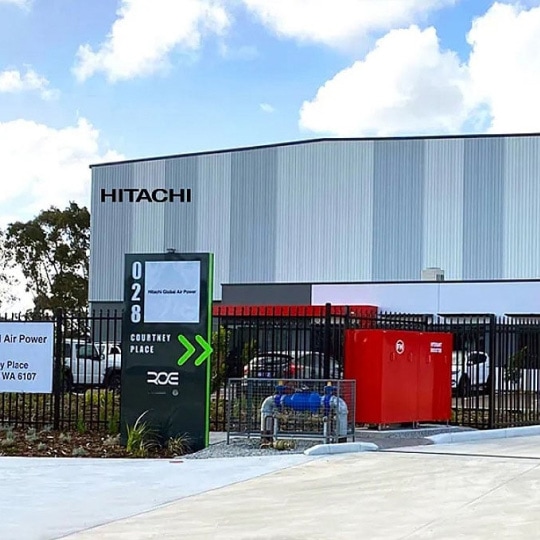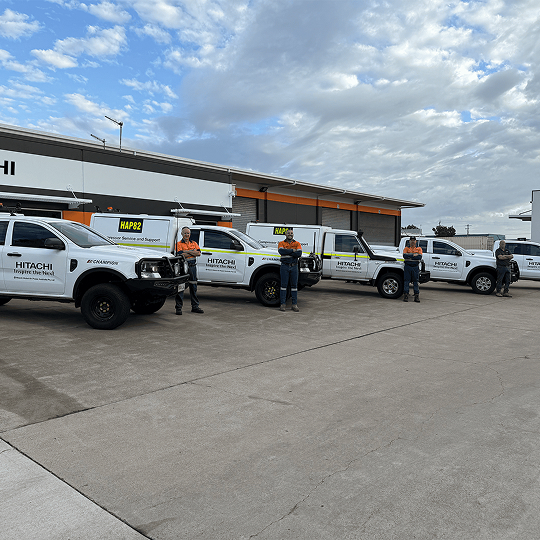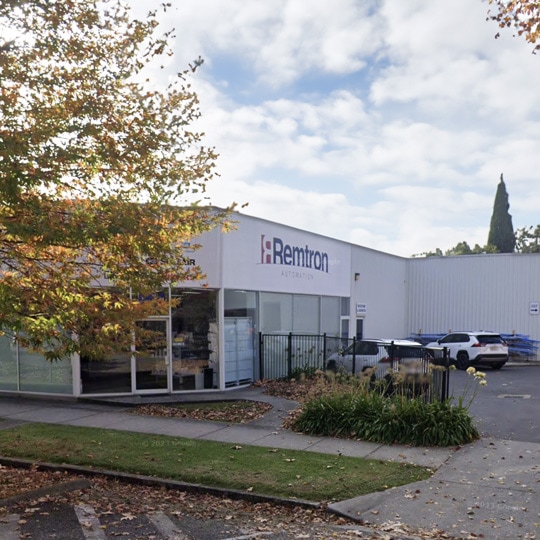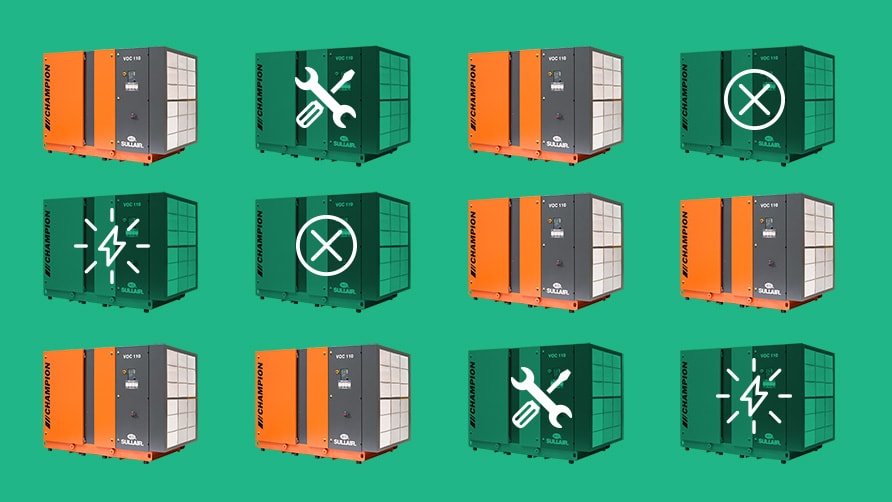
The unpredictable nature of the COVID-19 pandemic and its subsequent restrictions put many businesses in untenable positions. Tough decisions had to be made around immediate actions to be taken, that not only ensured a business’s capacity to transition through the COVID-19 shutdown restrictions, but also somehow predicted sustainable operations over the longer term. With so much uncertainty in the marketplace across all industries, the result has been increased caution around investing significant amounts of money in such a low confidence business environment.
The first response by industry in any time of major crisis, has been to place a freeze on capital expenditure as a component of their overall cash management strategy. The response in the time of COVID-19 has been no different. In defining the bottom line, companies have had to map out their base line operational needs: maintaining the status quo kept things ticking over, proceeding with CapEx purchases pushed them into a high-risk zone. Planned upgrades of high-end equipment that required considerable CapEx were instantly scrapped and risk assessments around the status of existing equipment were made.
Some relief appeared in the form of the Instant Asset Write Off from the ATO, however with a $150,000 cap, it limited the types of assets that could be purchased, and with limited cash flow, there was the still the decision to be made as to whether any outlay in the current climate was feasible.
Sullair Australia’s Managing Director, Fred Funnell sees the silver lining for business within the chaos. “The underlying need to control your costs and manage your cash is a key success factor for any business. All COVID has done has magnified the need for strong cash management and placed greater pressure on profit margins. It’s now more essential than ever there’s no exposure to unplanned costs.”
With the range of pressures on customers varying depending on what segments they’re in,the need for efficiency and a streamlined approach has become paramount. “When you’re operating with reduced margins, perhaps because end user demand has declined or competitive pressures have reduced margins, you can’t afford to have an unplanned outage on your production line. Even a shift or two offline may be your profit for the month gone” explains Funnell.
“Across industry you’re seeing stubbornly high energy prices, so it’s important you have the most efficient compressed air solution, correctly sized to your business needs and maintained in line with OEM recommendations.” Recognising the pain points of its customers during this time has been crucial for Sullair and they responded quickly by developing MAP – a Managed Air Power option that enables compressed air solutions to be completely outsourced. MAP provides a mechanism to ensure a customers’ compressed air needs are addressed, without a significant upfront capital outlay. This is achieved by delivering an integrated new equipment and maintenance package over an agreed time frame.
“Across industry you’re seeing stubbornly high energy prices, so it’s important you have the most efficient compressed air solution, correctly sized to your business needs and maintained in line with OEM recommendations.”
Recognising the pain points of its customers during this time has been crucial for Sullair and they responded quickly by developing MAP – a Managed Air Power option that enables compressed air solutions to be completely outsourced. MAP provides a mechanism to ensure a customers’ compressed air needs are addressed, without a significant upfront capital outlay. This is achieved by delivering an integrated new equipment and maintenance package over an agreed time frame.
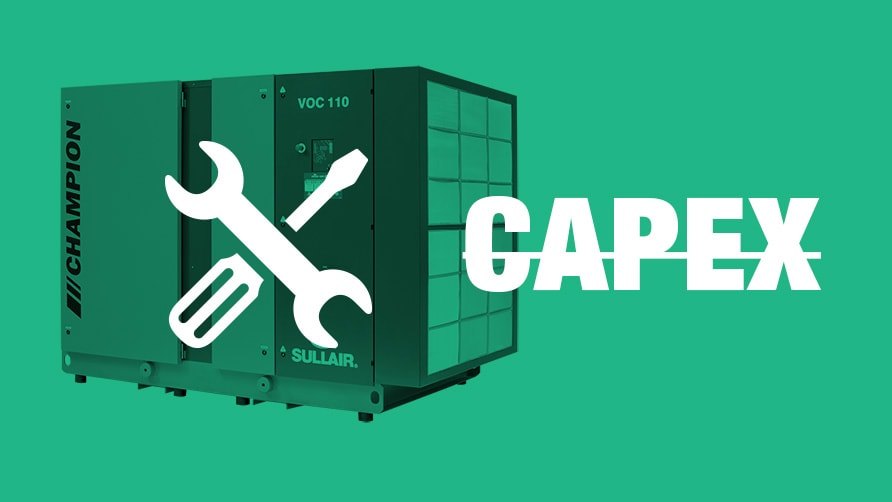
During the COVID shutdown, many businesses have found themselves in an increasingly unreliable and costly loop in terms of ongoing operation and maintenance; to them, the benefits of outsourcing in the current climate become undeniable. When CapEx decisions around replacing end of life equipment or investing in new projects are shelved, plans are made to repair rather than replace, and machines work longer and harder than is optimal.
The most compelling benefit to outsourcing is being able to make the right decisions around the business’s needs, whilst avoiding capital outlay for new equipment altogether. Funnell explains:
“Outsourcing options give the customer a chance to stop and reassess their actual air demand. Is it the same as it was ten years ago when the old compressor was installed? Are we now paying for energy we don’t need?”
Outsourcing air can also free up any residual CapEx funds to be directed to other projects, unlocking value streams. Projects previously put on hold can be expedited as a result of an alternative equipment and service solution like MAP. Continuity of supply is improved and operations resume knowing down time and costs are minimised. This has been particularly relevant in recent months, with restrictions significantly impacting on projects across all industries.
The CapEx benefits speak for themselves, but outsourcing also has a built-in level of additional support, above and beyond that provided in normal equipment supply. Outright equipment purchases often put the responsibility for a deep understanding of the machinery, on the customer. In an outsourced solution, the supplier also provides the expertise needed to manage the business’s compressed air supply, taking care of things that should be front of their mind, not the customer’s. “People should be able to focus on their core business, not whether their compressor is optimised or if it’s missed its routine service”, says Funnell. “Outsourcing provides the customer with the essential equipment they need, along with a whole of life support package and the peace of mind to know the equipment is being closely monitored allowing them to focus on their core business”.

